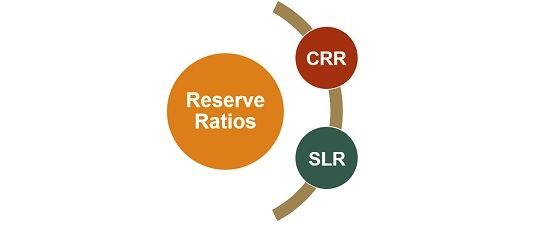The Reserve Bank of India (RBI) has modified the penal rates of interest levied on shortfalls in holding Cash Reserve Ratio (CRR) and Statutory Liquidity Ratio (SLR) norms. The update follows the recent Bank Rate hike, refactoring regulatory penalty in terms of revised monetary policy steps.
Penal Interest Rate Revision:
The RBI has tagged penal interest rates on CRR and SLR shortfalls with the newly revised Bank Rate.
The banks that are unable to meet such statutory obligations shall now face penalties calculated on the revised rate.
Bank Rate Adjustment:
The Bank Rate was recently revised after RBI decided to reduce the repo rate by 25 basis points to 6%.
The new Bank Rate stands at 6.25%, serving as a reference point for penal charges.
Objective of the Revision:
The move aims to ensure stricter compliance with CRR and SLR norms while maintaining systemic liquidity.
It reflects the RBI’s broader strategy to enforce financial discipline among banks and foster a stable banking environment.
Market Implications:
Banks are expected to adjust their liquidity management practices to avoid penalties, ensuring adequate reserves to meet regulatory requirements.
The revision underscores the RBI’s commitment to aligning regulatory frameworks with evolving monetary policy objectives.
Leadership Insights:
An RBI official stated:
“This adjustment reinforces our focus on regulatory compliance and systemic stability. It ensures that banks align their practices with current economic conditions.”
Conclusion:
The move by RBI underscores its interventionist approach to monetary policy synchronization and regulatory enforcement so that the financial ecosystem of India remains stable. The revised penal interest rates are expected to strengthen adherence to CRR and SLR norms, contributing to a more resilient financial system.
Source: Placeholder analysis based on given announcements.
